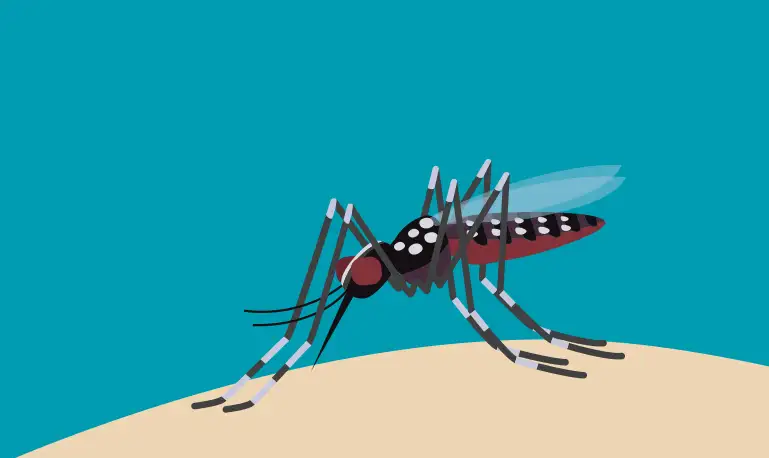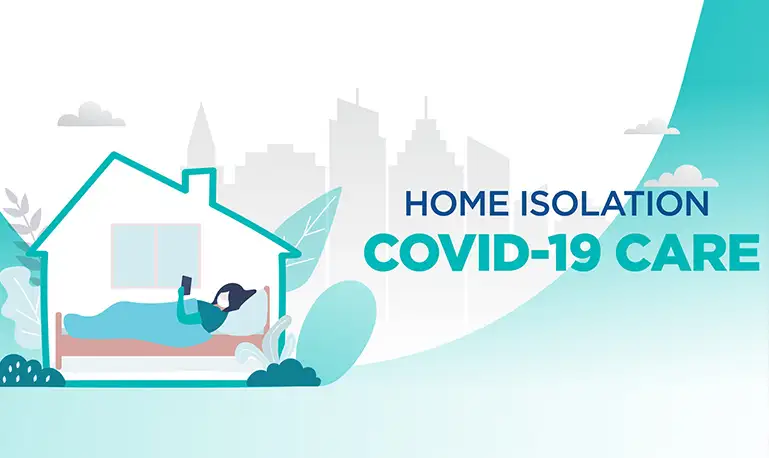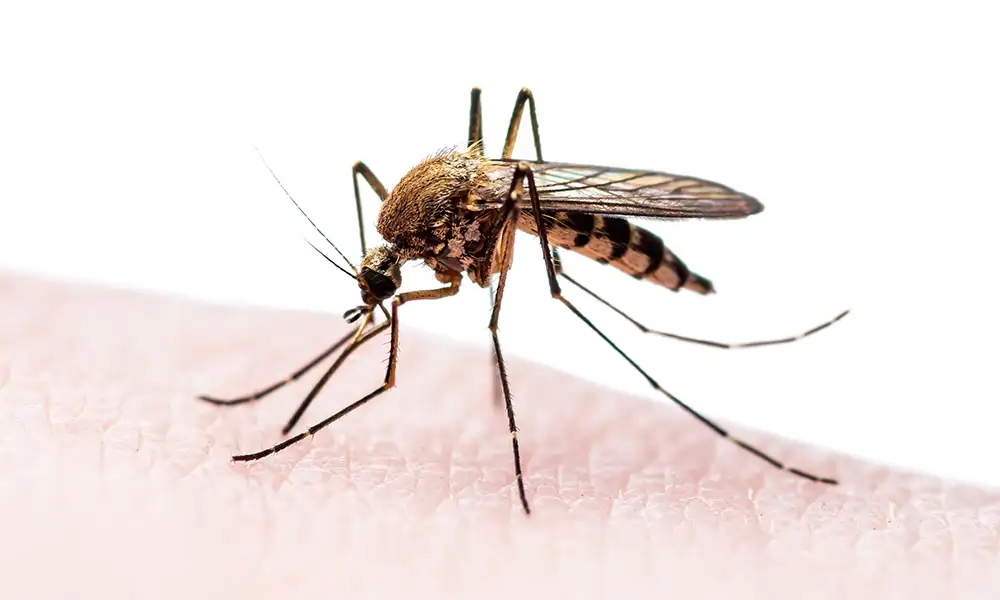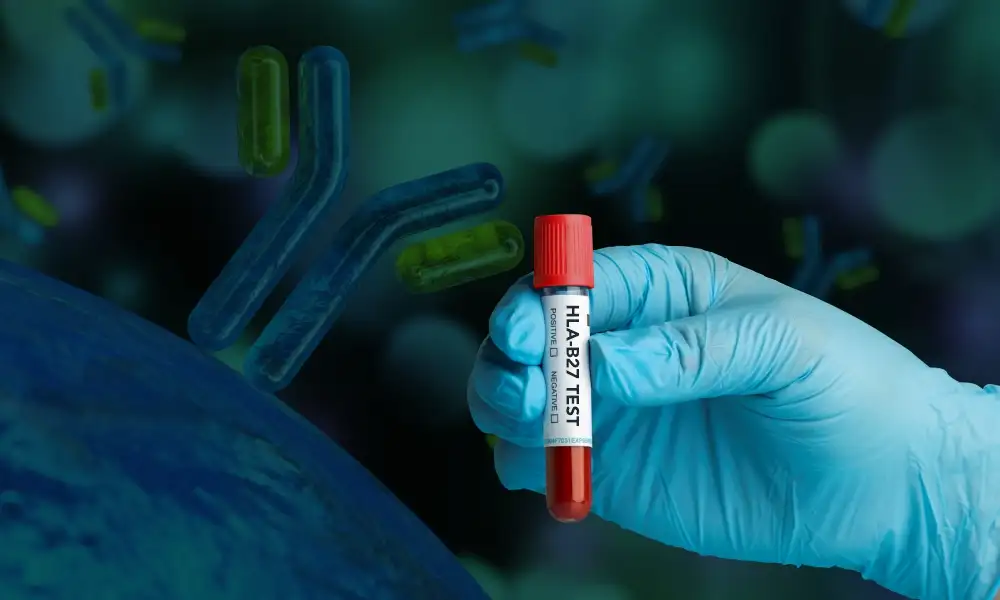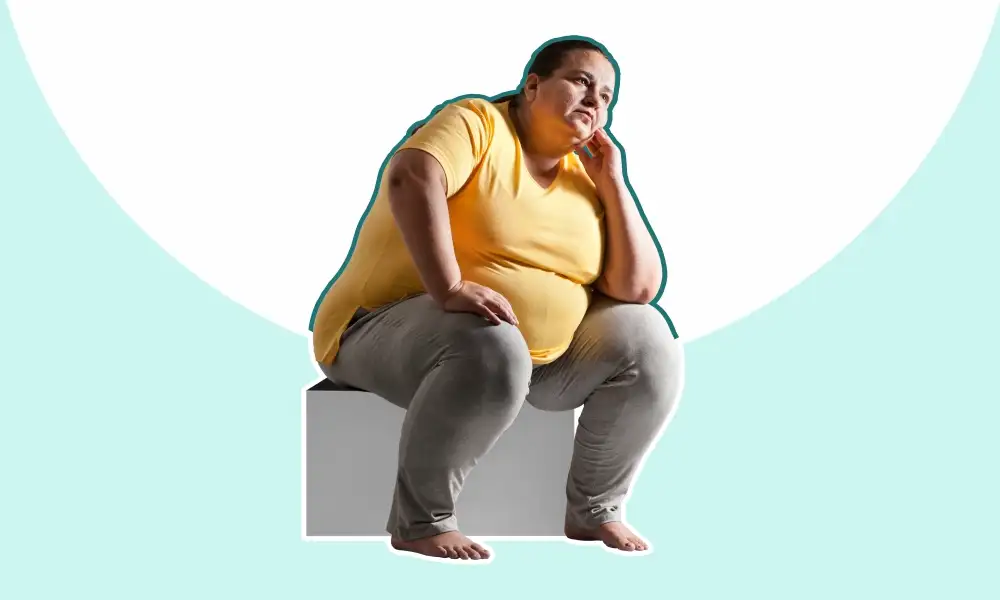Pneumonia: A Closer Look at Causes, Symptoms, and Treatment
- June 01,2024
- 3 Min Read
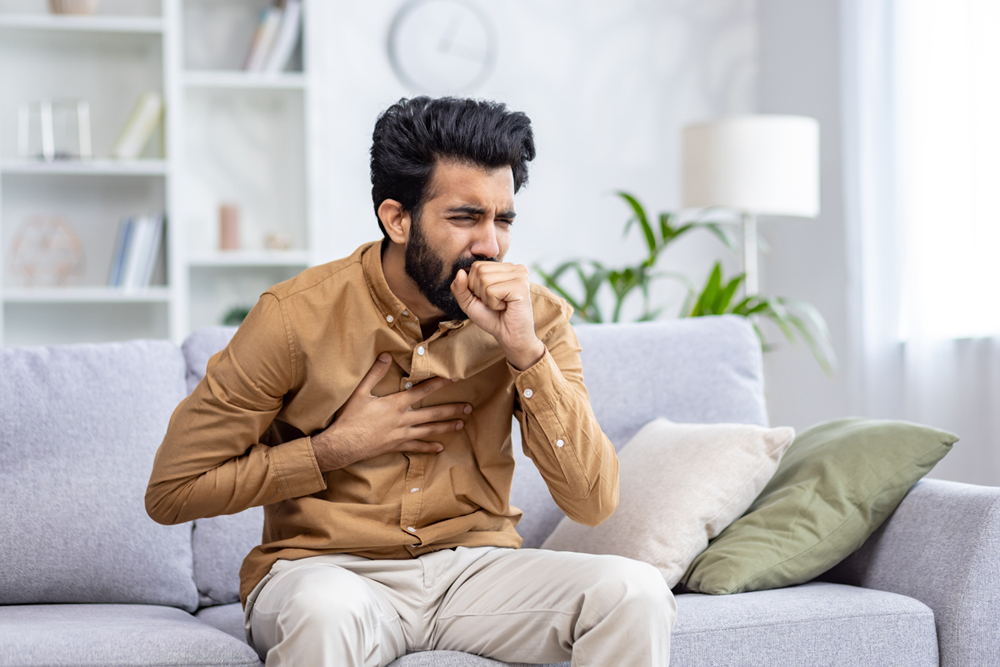
Pneumonia is an infection that triggers inflammation in the air sacs of one or both lungs. This inflammation can lead to the accumulation of fluid or pus within the air sacs, resulting in symptoms such as a cough with phlegm or pus, fever, chills, and breathing difficulties. Pneumonia can result from a range of pathogens, encompassing bacteria, viruses, and fungi.
The severity of pneumonia can vary from mild to life-threatening. It poses the greatest risk to infants, young children, individuals over the age of 65, and those with underlying health conditions or weakened immune systems.
Pneumonia stages:
It can be classified based on the area of the lungs it is affecting:
- Bronchial pneumonia: This affects patches throughout both the lungs. Its often localized close to or around the bronchii. These are the airways that connect the windpipe to the lungs.
- Lobar pneumonia: This affects one or more sections (lobes) of the lungs. It can be divided into four stages. This can be further divided into four stages.
- Congestion: The lung tissue presents as dense and congested, with a buildup of fluid containing infectious agents within the air sacs.
- Red Hepatization: Red blood cells and immune cells infiltrate the fluid, giving the lungs a reddish tint and a denser, more solid appearance.
- Grey hepatisation: As the red blood cells undergo degradation, the colour of the lungs transitions from red to grey, while the immune cells persist within the fluid.
- Resolution: Immune cells actively work to eradicate the infection. A productive cough assists in expelling any residual fluid lingering in the lungs.
Symptoms of pneumonia:
- Headache
- Chest pain worsens when you breathe
- Heavy sweating
- Fever
- Loss of appetite
- Rapid breathing
- Shaking chills
- Coughing that may produce phlegm(mucus)
- Cough that produces green, yellow, or bloody mucus
- Feeling of tiredness or fatigue
Causes of pneumonia
- Bacteria: The most common type is called pneumococcal pneumonia. This is caused by Streptococcus pneumonia. Bacterial pneumonia may arise independently or follow a viral respiratory illness like a cold or flu. It frequently targets a single lobe of the lung, a condition known as lobar pneumonia. Individuals at higher risk include those recuperating from surgery, individuals with pre-existing respiratory conditions or recent viral infections, and those with compromised immune systems.
Some types of bacteria are also known as atypical pneumonia:
- Mycoplasma pneumonia: A tiny wide spread bacterium, which infects people who are less than 40 years of age. This illness often in in mild condition sometimes goes undetected and is regarded as walking pneumonia.
- Chlamydia pneumonia: This mainly causes upper respiratory infections and can result in mild form of pneumonia.
- Legionella pneumophila: This one causes a dangerous form of pneumonia called Legionnaire’s disease. This does not pass from person to person. The outbreaks of this disease have been linked to exposure to contaminated water from cooling towers, outdoor fountains.
- Viral: Viruses that infect the upper respiratory tract are also capable of causing pneumonia. SARS-CoV-2, Influenza virus are the most common type of virus that can cause viral pneumonia in adults. The Respiratory syncytial virus (RSV) the most common cause of viral pneumonia in the young children.
Examples of some of the viruses that can cause the pneumonia are:
- Rhinoviruses (common cold)
- Human parainfluenza virus (HPIV) infection
- Human metapneumovirus (HMIV) infection
- Adenovirus
- Fungi: The most common type of pneumonia in people with chronic health problems or weakened immune system.
- Pneumocystis pneumoniais is a serious function which is caused by Pneumocystis jirovecii. This occurs in people who have weakened immune system due to HIV/AIDS or any kind of medicines that has been suppressing the immunity system for a long time.
Examples of some of the bacteria that can cause the pneumonia are:
- Histoplasmosis
- Cryptococcus
- Coccidiodomycosis
Risk factors:
Some of the age groups who are prone to get pneumonia, but certain groups are at a higher risk of getting pneumonia.
- Infants from 2 year old
- Geriatric population above 65 years
- People with weakend immune system:
- HIV
- Pregnancy
- People living with chronic diseases:
- Asthma
- COPD
- Diabetes
- Kidney disease
- Liver disease
- Sickle cell disease
- People who have been regularly exposed to lung irritants, such as toxic fumes.
- People who have been experiencing to smoke for a longer duration. Smoke makes it difficult for the body to get rid of mucus.
How to prevent pneumonia?
- Reducing exposure to indoor air pollution
- Adequate nutrition
- Immunization
- Improving housing conditions
- Avoiding smoking
- Cover mouth and nose when coughing/sneezing
Treatment for pneumonia:
- Treating pneumonia involves a multi-faceted approach to combat the infection and support the body's recovery.
- Firstly, ensuring a diet rich in nutrients and hydration is crucial to bolstering the immune system's response and aiding in the healing process.
- Vaccination against common pneumonia-causing pathogens provides proactive protection against infection.
- Medications, typically antibiotics for bacterial pneumonia or antivirals for viral pneumonia, are prescribed by healthcare professionals to target and eliminate the underlying cause of the illness.
- Additionally, covering one's mouth when coughing or sneezing helps prevent the spread of infectious droplets to others, thereby reducing the risk of transmission.
- Equally important is allowing the body ample time to rest and recuperate, as adequate rest supports immune function and facilitates recovery from pneumonia.
Conclusion:
In diagnosing pneumonia, a physician may order a range of diagnostic tests including chest X-rays, blood tests, and sputum cultures, aiming to identify the specific pathogen causing the infection. These tests help determine the appropriate treatment strategy, whether antibiotics for bacterial infections or supportive care for viral ones. Early and accurate diagnosis is crucial in managing pneumonia effectively and reducing complications, especially in vulnerable populations such as the elderly and immune compromised individuals.
FAQ’s
1. What are the different types of pneumonia?
- Aspiration Pneumonia: Occurs when inhaling food, liquids, or objects into the lungs, often seen in individuals with impaired gag reflex.
- Chemical Pneumonia: Caused by inhaling fumes from certain chemicals at home or work, leading to lung infection.
- Bacterial Pneumonia: Commonly caused by Streptococcus bacteria, originating in the upper respiratory tract and spreading to the lungs.
- Viral Pneumonia: Caused by viruses like Adenovirus, Influenza virus, SARS-CoV-2, and Respiratory Syncytial Virus (RSV).
- Walking Pneumonia (Atypical Pneumonia): A milder form with less severe symptoms, allowing individuals to remain active despite having a lung infection.
- Fungal Pneumonia: Caused by endemic or opportunistic fungi, typically affecting immunocompromised individuals.
- Community-Acquired Pneumonia (CAP): Onset outside of hospitals, commonly caused by bacteria such as Streptococcus pneumoniae and viruses like Influenza, among others.
2. What are the vaccines given for Pneumonia?
The vaccination are as follows:
The CDC advises administering either PCV15 or PCV20 to:
- Children under 5 years old.
- Individuals aged 5 to 64 years with specific risk factors who haven't had a pneumococcal conjugate vaccine (PCV).
- Adults aged 65 years or older who haven't received a PCV previously.
The CDC recommends the pneumococcal polysaccharide vaccine (PPSV23) for:
- Children aged 2 through 18 years with specific risk factors who have received PCV15.
- Adults aged 19 years or older who have received PCV15.
- For individuals previously advised to receive both PCV13 and PPSV23 who have already been vaccinated with PCV13, they can complete the recommended series with either
- PCV20 or PPSV23.
3. What are the symptoms of pneumonia:
- The symptoms of pneumonia are:
- Headache
- Chest pain worsens when you breathe
- Heavy sweating
- Fever
- Loss of appetite
- Rapid breathing
- Shaking chills
- Coughing that may produce phlegm(mucus)
- Cough that produces green, yellow, or bloody mucus
- Feeling of tiredness or fatigue
4. What tests are required to diagnose pneumonia?
To ascertain pneumonia, a physician might request a chest X-ray, blood tests, or a sputum culture to pinpoint the particular germ responsible for the infection.
- Can pneumonia be fatal?
Pneumonia carries the risk of fatality, particularly among older adults or individuals with compromised immune systems. Nonetheless, early detection and appropriate treatment significantly enhance the chances of recovery, with the majority of pneumonia patients recuperating without complications.
- How is pneumonia treated?
The treatment for pneumonia hinges on the specific cause of the infection. Antibiotics are typically prescribed for bacterial pneumonia, whereas antiviral medications may be necessary for viral pneumonia. Supportive measures such as oxygen therapy and ample rest may also be advised to aid recovery.
5. What is the difference between pneumonia, cold flu and influenza?
1. Common Cold: Caused by viruses, highly contagious. Symptoms include sore throat, cough, runny nose, congestion, fatigue, sneezing, and mild body aches. Treat symptoms with over-the-counter medications. Avoid cough or cold medicine if you have a lung disease without consulting your doctor.
2. Influenza (Flu): More severe than the common cold, caused by the influenza virus. Symptoms include sudden fever, chills, cough, sore throat, muscle aches, fatigue, and runny nose. Consult your doctor for flu medication, especially if you have asthma or COPD.
3. Pneumonia: Infection in the lungs caused by bacteria or viruses, leading to inflammation and breathing difficulties. Symptoms include fever, cough, shortness of breath, fatigue, and chest pain. Antibiotics are necessary for bacterial pneumonia. Seek medical attention if breathing becomes difficult.
Prevention for all includes avoiding sick individuals, handwashing, quitting smoking, and getting a flu vaccine. Treatments such as rest and hydration are beneficial across all illnesses, helping to recover faster and prevent spreading germs.
Want to book a test? Fill up the details & get a callback
Most Viewed
Premarital Health Screening
- 20 Min Read
Typhoid - Signs and Symptoms
- 3 Min Read
Home Isolation Guidelines - Covid-19 Care
- 5 Min Read
HLA B27 Detection: Flow Cytometry & PCR
- 1 Min Read




